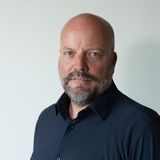In the ‘Visual Storytelling’ series, we investigate the expanding universe of visual storytelling. During this third meeting we will dive into the world of (post-internet) art: How do artists currently use the internet and the latest digital techniques? What opportunities do digital galleries and NFTs offer in the artistic field and for entrepreneurship? How are the new generations challenging power structures in the art scene and society? What is (the) state of the art(s)? Moderator Lars Boering will discuss this with Dutch artist Jan Robert Leegte, Russian-American photographer Alexey Yurenev, Natasha Greenhalgh, co-founder and creative director Nxt Museum, and Karen Archey, curator of contemporary art at Stedelijk Museum Amsterdam.
Reflecting on the digital and the offline realms, Post-Internet Art is no longer solely using the internet as a canvas like Net Art did. It’s computer generated art, it’s art in virtual musea, it’s the art in your pocket. This art exists in both worlds and investigates our relationship with the omnipresent digital technology. Younger generations born in the digital age, switch seamlessly between these worlds where the oldies keep asking: What is real?
Jan Robert Leegte
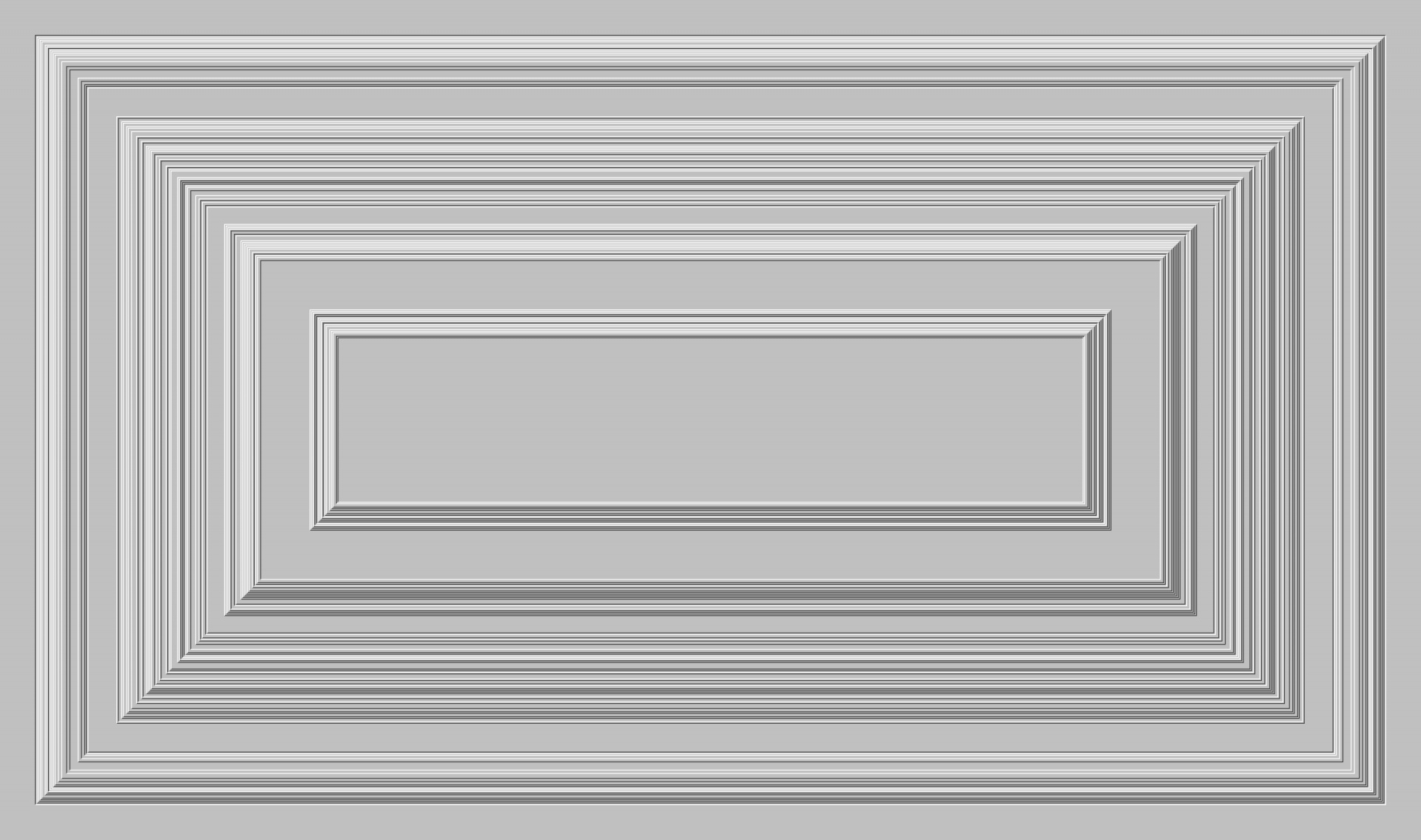
Ornament no.23 (NFT) door Jan Robert Leegte
Jan Robert Leegte (born 1973, The Netherlands) is one of the first Dutch artists to work on and for the Internet since the 1990s. In 2002, he shifted his main focus to implementing digital materials in the context of the physical gallery space, aiming to bridge the online art world with the gallery art world, making prints, sculptures, websites, software, NFTs, installations, drawings, and projections, connecting to historical movements like land art, minimalism, performance art, and conceptualism. As an artist Leegte explores the position of the new materials put forward by the (networked) computer. Interfaces, code, and software are dissected to understand their ontological nature. Leegte lives and works in Amsterdam. His work has been exhibited internationally (Whitechapel Gallery, Stedelijk Museum Amsterdam, van Gogh Museum, ZKM Karlsruhe, Centre Pompidou, Museum Ludwig Budapest). He is currently represented by Upstream Gallery Amsterdam.
Natasha Greenhalgh
Natasha Greenhalgh is the co-founder and creative rirector at Amsterdam’s Nxt Museum, the home for new media art in the Netherlands.
Opening in August 2020, Natasha played a leading role in the conception, art direction, curation and launch of the new museum, from architectural design of the building to the co-curation of the inaugural exhibition. Having studied at Chelsea Art College, Natasha is trained in Spatial Design and this is what drives Natasha’s interest in how the Nxt Museum can most effectively use its dynamic space to communicate its obsession with the future, constantly looking for opportunity & innovation. Natasha is devoted to ensuring the Nxt Museum is a place for the many, not just a few, opening up conversations to those who might have previously felt excluded. In addition, Natasha is driving the development of Nxt Lab, an educational space for experimentation, research, development & failure, designed to empower and inspire the pioneers of tomorrow.
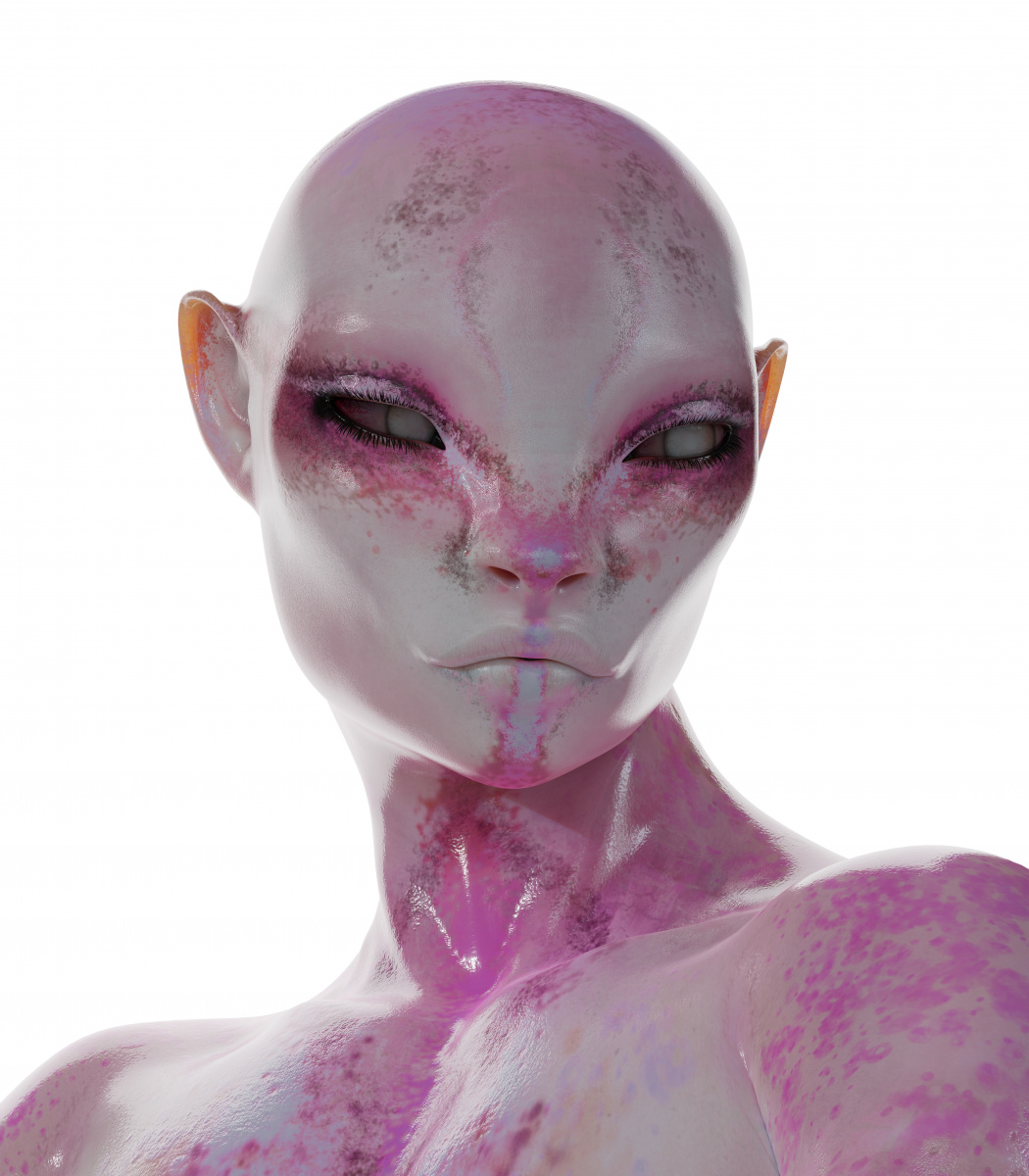
Viatrix’s Odyssey 2022, by Harriet Davey, exhibition UFO – Unidentified Fluid Other
Nxt Museum
Nxt Museum – the home of new media art – opened in Amsterdam in August 2020 and is the first museum in the Netherlands fully dedicated to art, technology, science & sound. Nxt Museum exhibits and commissions ambitious, large-scale new media art installations born of interdisciplinary collaboration between artists, designers, technologists, sound builders and scientists. The museum’s three-fold programme, comprising exhibitions, performance and education, are designed to appeal to a broad range of visitors and their interests – from music and sound to performance art, dance, creative coding, NFT’s and Web 3.0 and more – and is consistently led by the museum’s mission to seek, show and question what’s next.
Alexey Yurenev
Alexey Yurenev is a photographer, visual researcher and an educator, working on the subjects of memory and the synthetic. Yurenev’s long-form documentary projects have been featured in The New York Times and National Geographic and recognized by organizations such as Photographers of the Year International and Silurian Society of New York. At the start of the pandemic, together with Fred Ritchin and a group of alumni from ICP, Yurenev co-founded online platform FOTODEMIC.org, dedicated to the exploration of innovative visual strategies. Yurenev is currently based in Amsterdam and attending a Photography & Society Master at the Royal Academy of Art in the Hague and working on projects looking at the role that technology and images play in mediation of memory.
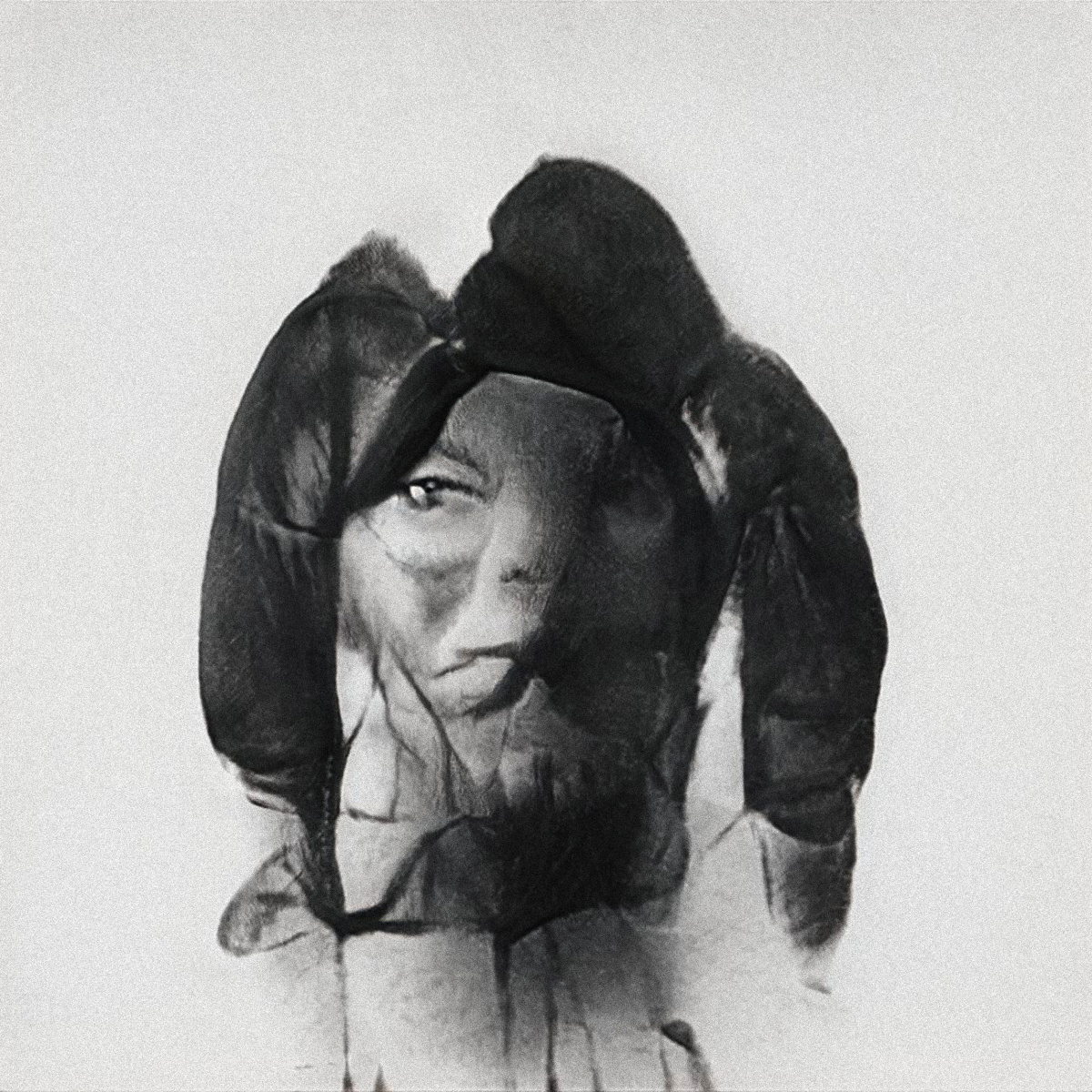
By Alexey Yurenev
Karen Archey
Karen Archey is Curator of Contemporary Art at Stedelijk Museum Amsterdam. At the Stedelijk, Archey cares for the contemporary art and time-based media collections and administrates the contemporary permanent collection display Tomorrow is a Different Day. She has organised major exhibitions of artists Hito Steyerl, Rineke Dijkstra, and Metahaven, as well as the group exhibition Freedom of Movement: the 2018 Municipal Art Acquisitions. For the Stedelijk, Archey has commissioned performance works by Nora Turato, Jennifer Tee, Ann Hirsch, Alicia Frankovich and CFGNY.
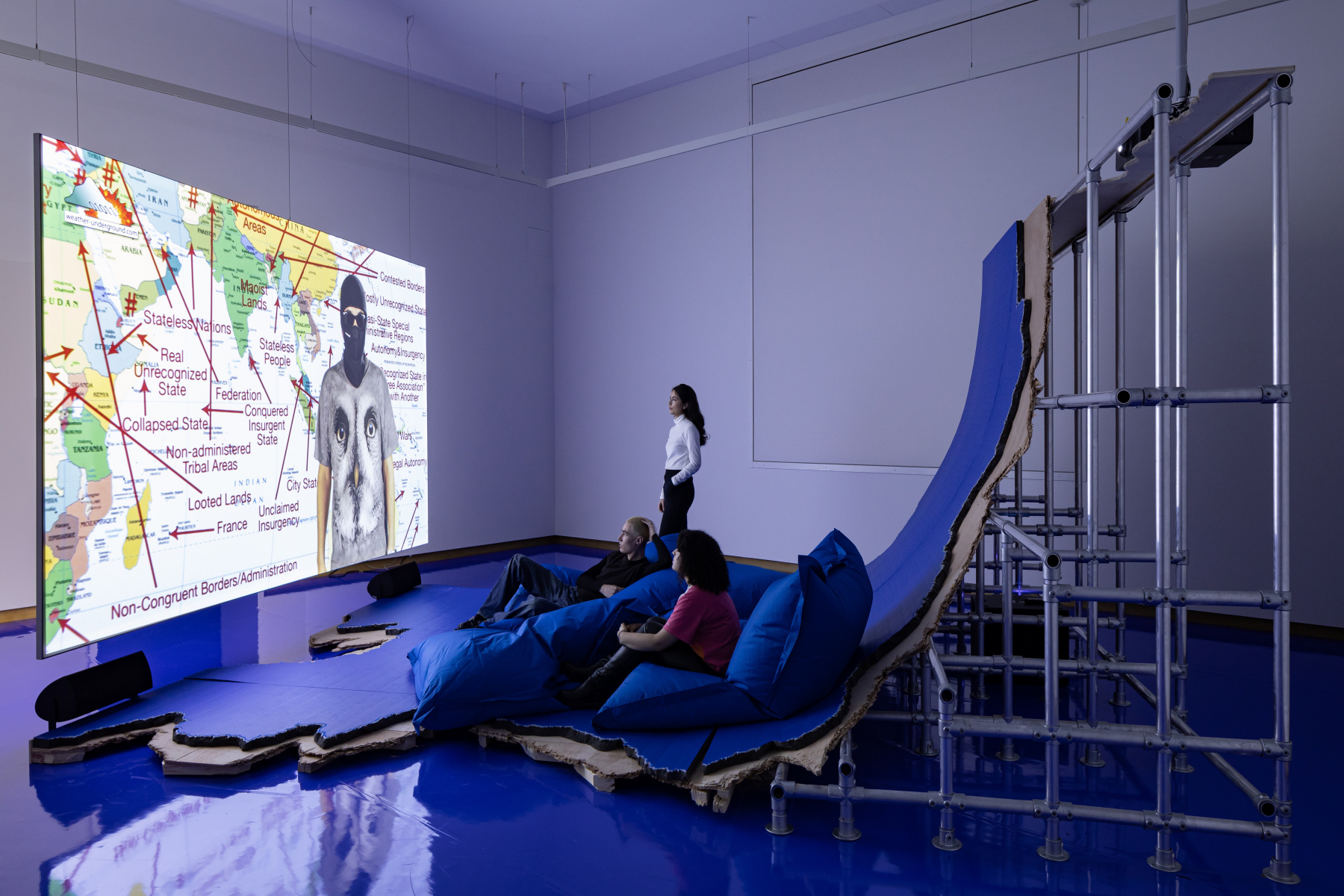
Instalion ‘I will Survive’ by Hito Steyerl
Formerly based in Berlin and New York, Archey worked earlier as an independent curator, editor, and art critic, writing for publications such as Artforum and frieze. In 2014, she organized with Robin Peckham the exhibition “Art Post-Internet” at Ullens Center for Contemporary Art in Beijing. In 2015, Archey was awarded an Andy Warhol Foundation Arts Writers Grant for short-form writing. Her recently published book After Institutions examines museums as a troubled, rapidly evolving public space and renews discussions around Institutional Critique.
Visual Storytelling
Today’s image maker doesn’t feel restricted by the limits of her/his/their medium. The maker is a /maker: the photographer who films, the filmmaker with a podcast or the writer who vlogs. While most makers were recently “trapped” in their disciplines, the new generations know no better than to tell their stories in different ways and they are masters of many techniques. What unites them: their work often has a social impact and they engage in visual storytelling. The story determines the medium. In the ‘Visual Storytelling’ series, we investigate the expanding universe of visual storytelling. The /makers tell their most beautiful, impactful stories and show how they work.






